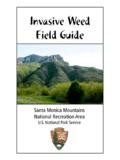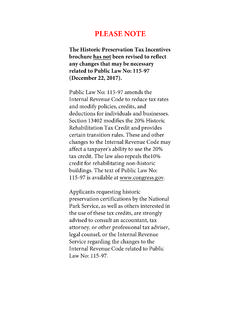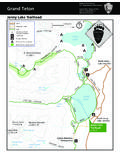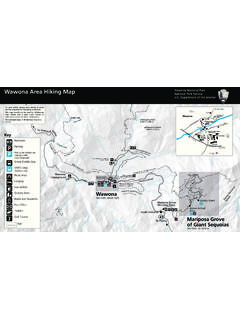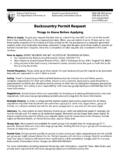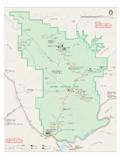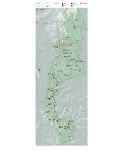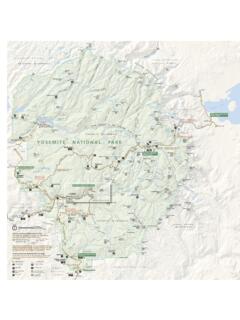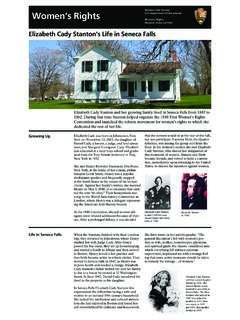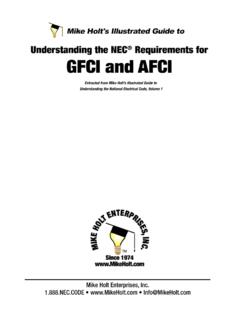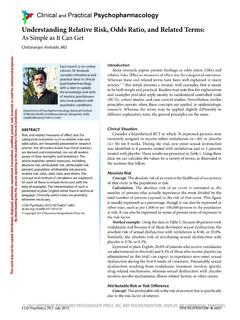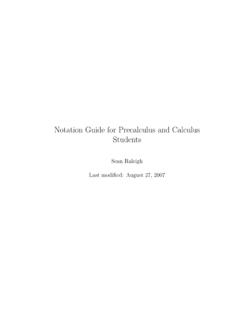Transcription of The SecreTary of The InTerIor’S STandardS for ...
1 1 The SecreTary of The InTerIor S STandardS for rehabIlITaTIon & illustrated GuIdelIneS on SuStainability for rehabIlITaTInG hISTorIc Department of the InteriorNational Park ServiceTechnical Preservation Services2 Cover Photo: Green roof at the Department of the Interior, Washington, SecreTary of The InTerIor S STandardS for rehabIlITaTIon & illustrated GuIdelIneS on SuSTaInabIlITy for rehabIlITaTInG hISTorIc buIldInGSAnne E. Grimmer with Jo Ellen Hensley | Liz Petrella | Audrey T. Department of the InteriorNational Park ServiceTechnical Preservation ServicesWashington, 2011iiiiiContentsivAcknowledgementsvFore wordviThe SecreTary of the Interior s STandardS for RehabilitationIntroduction to the StandardsviiiGuidelines for Rehabilitating Historic BuildingsIntroduction to the GuidelinesxiGuidelines on Sustainability for Rehabilitating Historic Buildings1 Sustainability2 Planning3 Maintenance4 Windows8 Weatherization and Insulation10 Heating, Ventilating and Air Conditioning (HVAC)
2 And Air Circulation14 Solar Technology16 Wind Power Wind Turbines and Windmills18 Roofs Cool Roofs and Green Roofs20 Site Features and Water Efficiency22 DaylightingivAcknowledgementsThe SecreTary of the Interior s STandardS for Rehabilitation & illustrated Guidelines for Rehabilitating Historic Buildings was produced by Anne E. Grimmer and Kay D. Weeks, first published in 1992 and reprinted in 1997. The illustrated Guidelines on Sustainability for Rehabilitating Historic Build-ings, which are presented in the same format, replace the chapter on Energy Conservation in the 1992 publication.
3 They have been developed with the guidance and support of numerous public agencies, professional organizations and individuals. All photographs and drawings included here not individually credited have been selected from National Park Service illustrated Guidelines on Sustainability for Rehabilitating Historic Buildings replaces the chapter on Energy Conservation in the illustrated Guidelines for Rehabilitating Historic Buildings published in 1992. (This same guidance is presented in the chapter entitled Energy Retrofitting in the unillustrated Guidelines for Rehabilitating Historic Buildings.)
4 The illustrated version of the Guidelines for Rehabilitating Historic Buildings was designed to further enhance overall understanding and interpretation of basic preservation principles. The illustrated Guidelines on Sustainability begin with an overview focusing on the fact that historic buildings are themselves often inherently sustainable and that this should be used to advantage in any proposal to upgrade them. These guidelines offer specific guidance on how to make historic buildings more sustainable in a manner that will preserve their historic character and that will meet The SecreTary of the Interior s STandardS for Rehabilitation.
5 The written guidance is illustrated with examples of appropriate or recommended treatments and some that are not recommended or could negatively impact the building s historic character. The National Park Service Branch of Technical Preservation Services has developed these illustrated guidelines in accordance with its directive to provide information concerning professional methods and techniques to ensure the preservation and rehabilitation of the historic properties that are an important part of the nation s [1]
6 Stained glass skylight provides natural light in a historic train to the StandardsThe SecreTary of the Interior is responsible for establishing STandardS for all programs under Departmental authority and for advising federal agencies on the preservation of historic properties listed in or eligible for listing in the National Regis-ter of Historic Places. In partial fulfillment of this responsibil-ity The SecreTary of the Interior s STandardS for the Treatment of Historic Properties have been developed to guide work undertaken on historic properties; there are separate STandardS for preservation, rehabilitation, restoration and reconstruc-tion.
7 The STandardS for Rehabilitation (codified in 36 CFR 67) comprise that section of the overall treatment STandardS and address the most prevalent treatment. Rehabilitation is de-fined as the act or process of making possible a compatible use for a property through repair, alterations, and additions while preserving those portions or features which convey its histori-cal, cultural, or architectural values. Initially developed by the SecreTary of the Interior to deter-mine the appropriateness of proposed project work on regis-tered properties supported by the Historic Preservation Fund grant-in-aid program, the STandardS have been widely used over the years particularly to determine if a rehabilitation project qualifies as a Certified Rehabilitation for Federal His-toric Preservation Tax Incentives.
8 In addition, the STandardS have guided federal agencies in carrying out their responsibili-ties for properties in federal ownership or control; and state and local officials in reviewing both federal and non-federal rehabilitation proposals. They have also been adopted by his-toric district and planning commissions across the intent of the STandardS is to assist in the long-term preservation of historic materials and features. The STandardS pertain to historic buildings of all materials, construction types, sizes and occupancy and include the exterior and the interior of the buildings.
9 They also encompass the building s site and environment, including landscape features, as well as attached, adjacent or related new construction. To be certified for federal tax purposes, a rehabilitation project must be de-termined by the SecreTary of the Interior to be consistent with the historic character of the structure(s) and, where applicable, the district in which it is SecreTary of THE InTErIor S STandardS for rEHAbILITATIon1vii[2-3] Clerestory windows provide natural light in a historic industrial building: Before and after rehabilitation.
10 [4] Covered walkways and horizontal sun screens are distinctive and sustainable features in some mid-century modern office stated in the definition, the treatment rehabilitation assumes that at least some repair or alteration of the historic building will be needed in order to provide for an efficient contemporary use; however, these repairs and alterations must not damage or destroy materials, features or finishes that are important in defining the building s historic character. For example, certain treatments if improperly applied may cause or accelerate physical deterioration of the historic build-ing.
